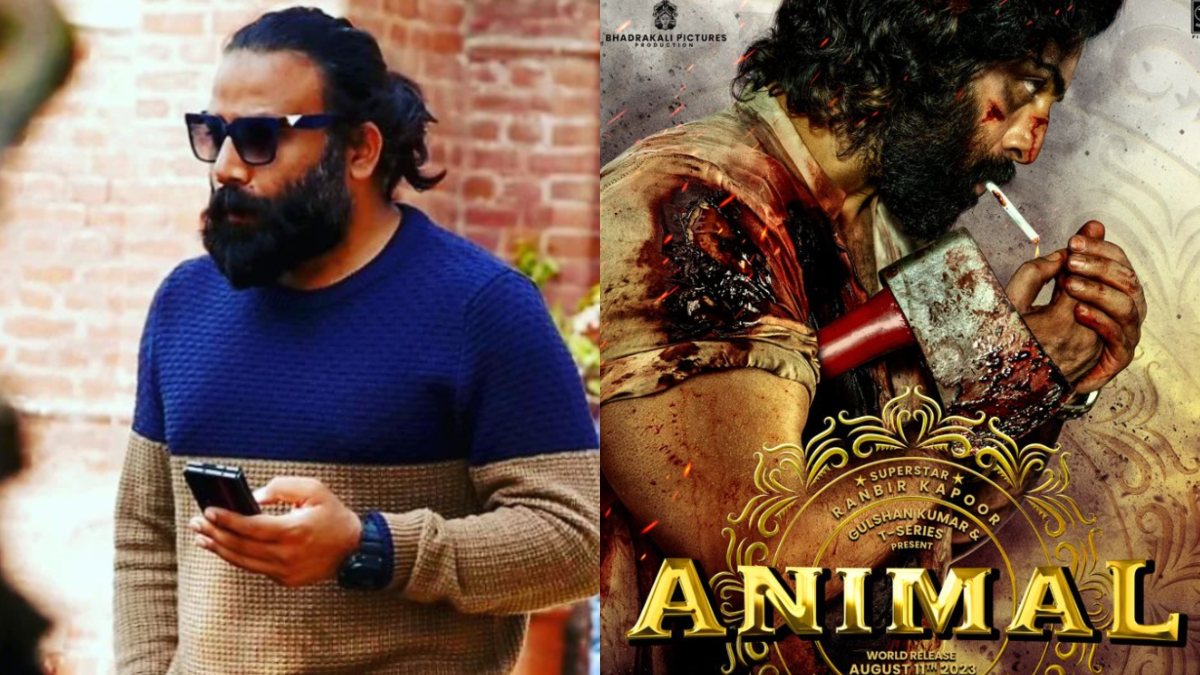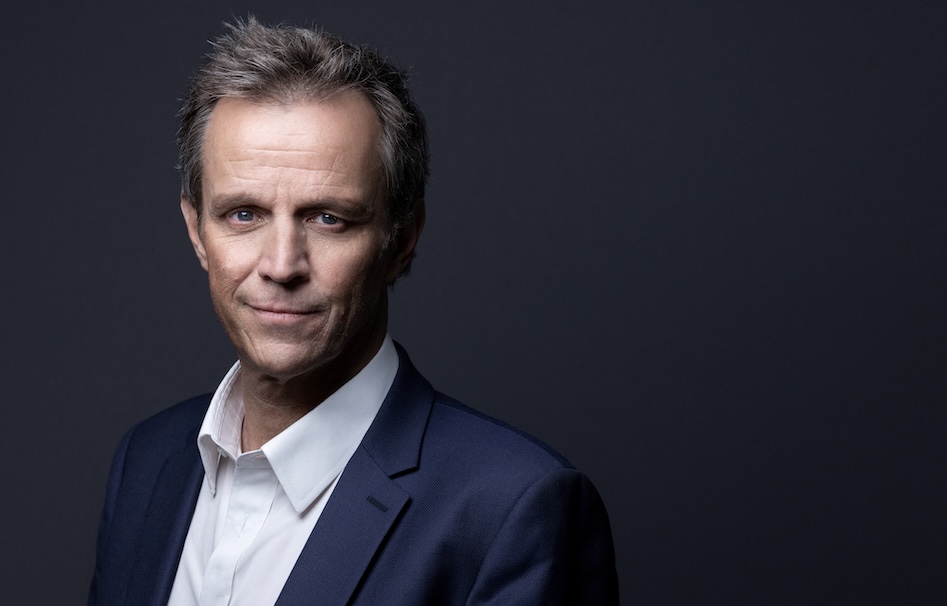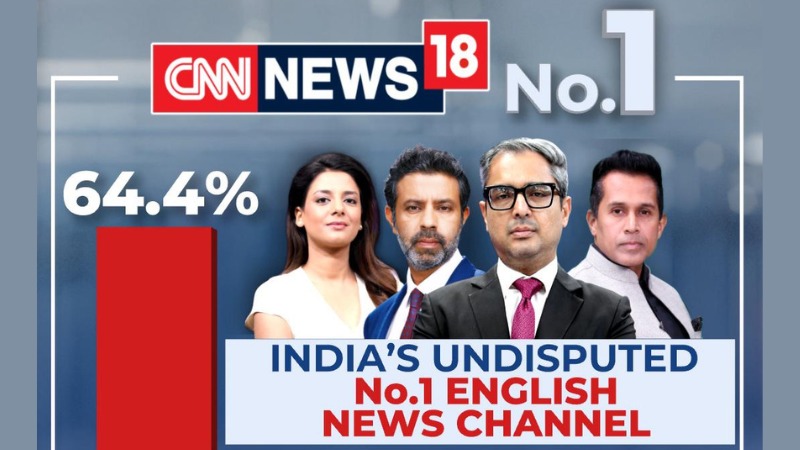Advertising/Media
Animal Sandeep Reddy Vangas political views and craft are equally immature.


By Kajal Sharma - 01 Feb 2024 03:24 PM
Scene after credits: Sandeep Reddy Vanga's Animal is about as irredeemable as they come; it is intellectually bankrupt, morally repugnant, and stylistically incompetent.The film Animal, starring Ranbir Kapoor, is unbearably long. It starts with the protagonist, Ranvijay, marching into his father's steel mill and being literally put on a pedestal. There, he gives a passionate speech about honor and commitment while the business, Swastik Steel, is nicely positioned against a swastika in the background. Ranvijay is furious because his father just made it through a vicious attack. He lifts his right arm in the middle of his diatribe and commands his subjects to take an oath. In just a few minutes, director Sandeep Reddy Vanga's tribute to Adolf Hitler's Nuremberg rallies is over. You're a little taken aback and wonder, "Was this movie made by a child?"In contrast to Vanga's first picture, the effortlessly enraged Kabir Singh, Animal seems to have been made with offense in mind. However, as is often the case, insincerity is easily recognized. People were incensed by Kabir Singh's misogyny mostly because it seemed as though the film was determined to give its disturbed protagonist a free pass. The most provocative scenes are woven into the plot of Animal, a far more stylized and hence more challenging to watch picture, rather than the plot being provocative in and of itself. Ranvijay marches into a school carrying a loaded assault gun, tells his sweetheart to kiss his shoe, and gives a woman a lecture about menstruation. This kind of fake edginess leads to a movie where a phallic machineThe film portrays the natural neediness of its director, which is embodied in Ranvijay's never-ending need for his father's love, who isn't there. In the days after Animal's premiere—this was, after all, the period when he became a superstar—Vanga's principal grievance was that reviewers didn't find the film to be very good. Vanga never referenced Animal's hundreds of crores in earnings, even as the rest of his colleagues used the movie's box office numbers to defend its reckless politics, as if that mattered.
He was staring at his Moby-Dick, and he was probably never going to get the critical appreciation that he appeared to realize in real time.And although though Vanga had just recently come to grips with this very likely truth, he was still having fits and insisted that Animal's "craft" should be valued separately from its themes. But let's talk about the filmmaking for the sake of argument. Vanga has refuted claims that he plagiarized Oldboy in Animal's pre-interval action block, but anyone who have watched Park Chan-wook's groundbreaking movie, a modern tragedy about the futility of retribution, would understand Vanga's motivation. Aside from the obvious spectacle of Choi Min-sik slicing through a swarm of foes, what really set Oldboy's iconic corridor battle sequence apart was the meticulously staged single shot that was captured on film.Since then, corridor fight scenes have become more and more prevalent; some of the best imitations can be seen in Marvel's Daredevil and Gareth Evans' The Raid. These two projects seemed to realize that the staging, not the location, was what gave Oldboy's pivotal battle scene its incredible intensity. Conversely, Vanga decides to keep the claustrophobic setting (as well as the axe) but eliminates the element that first gave the scene its unique quality. The action is hacked to pieces, with so many cuts that it would make a butcher blush, as though the director himself took an axe to the film.
























